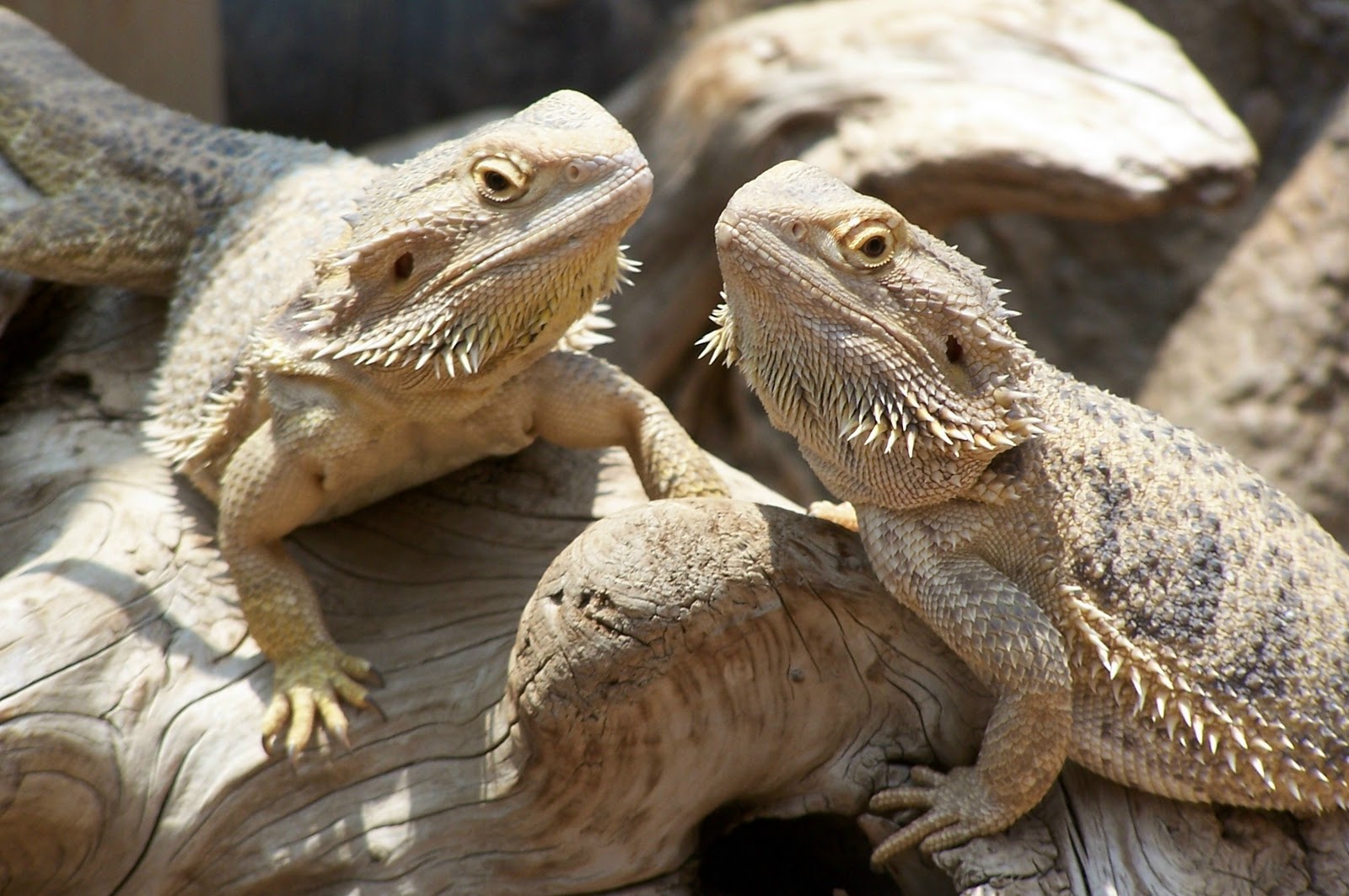All You Need to Know About Bearded Dragon Shedding Skin
Introduction
Bearded dragons are a popular pet choice for many people because of their cute appearance and friendly demeanor. As with all pets, it is important to understand their behavior and needs so that you can provide them with the best care possible. One of the processes that bearded dragons go through is shedding their skin. In this blog post, we will discuss everything you need to know about bearded dragon shedding skin.
What is Bearded Dragon Shedding Skin?
Bearded dragon shedding skin is a natural process that occurs as part of their growth and development. As they get older, their skin becomes tight and uncomfortable, so they need to shed it to make room for new, healthier skin. Shedding starts from the head and works its way down the body. During this time, you may notice that your bearded dragon’s skin looks dull, and it may appear to have a whitish or grayish film.
How Often Do Bearded Dragons Shed Their Skin?
The frequency of shedding depends on the bearded dragon’s age and diet. It usually occurs once every one to two months when they are juveniles, and about every two to three months when they are adults. If your bearded dragon is shedding skin more frequently than this or not shedding at all, it may be a sign of an underlying health issue, and you should consult a veterinarian.
Signs that Your Bearded Dragon is About to Shed Its Skin
It is essential to be aware of the signs that your bearded dragon is about to shed its skin. This way, you can provide the necessary care and help them through the process. The following are some common signs that your bearded dragon is about to shed its skin:
- Dull, grayish, or whitish film over the skin
- Loss of appetite
- Lack of energy or lethargy
- Hiding more than usual
- Restlessness
- Scratching or rubbing against surfaces
- Loose skin around the toes, tail, and head
How to Help Your Bearded Dragon Shed Its Skin
Shedding skin can be a stressful time for your bearded dragon, but there are several things you can do to make the process smoother for them. Here are some ways to help your bearded dragon shed its skin:
1. Provide Your Bearded Dragon With a Suitable Habitat
Bearded dragons need a warm and humid environment to shed their skin properly. You can achieve this by providing them with a large, clean enclosure with a basking light and a UVB lamp, as well as a humid hide box. The humid hide box should be filled with damp substrate, such as sphagnum moss, to provide the perfect humidity for shedding.
2. Increase the Humidity Levels in Their Environment
Another way to help your bearded dragon shed its skin is by increasing the humidity levels in their environment. You can do this by misting their enclosure with a spray bottle, placing a water bowl inside the enclosure, or using a humidifier.
3. Bathing Your Bearded Dragon
Bathing your bearded dragon can also help them shed their skin. Fill a shallow container with warm water and let your bearded dragon soak in it for about 15-20 minutes. This will help loosen the skin and make shedding easier. Make sure to supervise them during the bath to ensure their safety.
4. Provide a Healthy Diet
A healthy diet is crucial for your bearded dragon’s overall health and shedding process. Make sure to provide them with a balanced diet consisting of live insects, vegetables, and fruits. Avoid feeding them high-fat or low-nutrient foods as this can cause issues during shedding.
Do’s and Don’ts of Bearded Dragon Shedding Skin
Here are some Do’s and Don’ts when it comes to bearded dragon shedding skin:
Do’s
- Monitor your bearded dragon regularly for signs of shedding
- Provide a suitable habitat
- Increase the humidity levels in their environment
- Maintain a healthy diet
- Seek veterinary attention if necessary
Don’ts
- Peel off any skin that is still attached
- Let your bearded dragon soak in dirty water
- Use sand as substrate for your bearded dragon’s enclosure
- Offer food that is not part of their normal diet
Conclusion
Shedding is a natural part of your bearded dragon’s growth and development. As a responsible pet owner, it is essential to understand this process and provide the necessary care to help your bearded dragon through it. If you notice any abnormalities or are unsure, seek veterinary attention to ensure your bearded dragon is healthy and happy.








